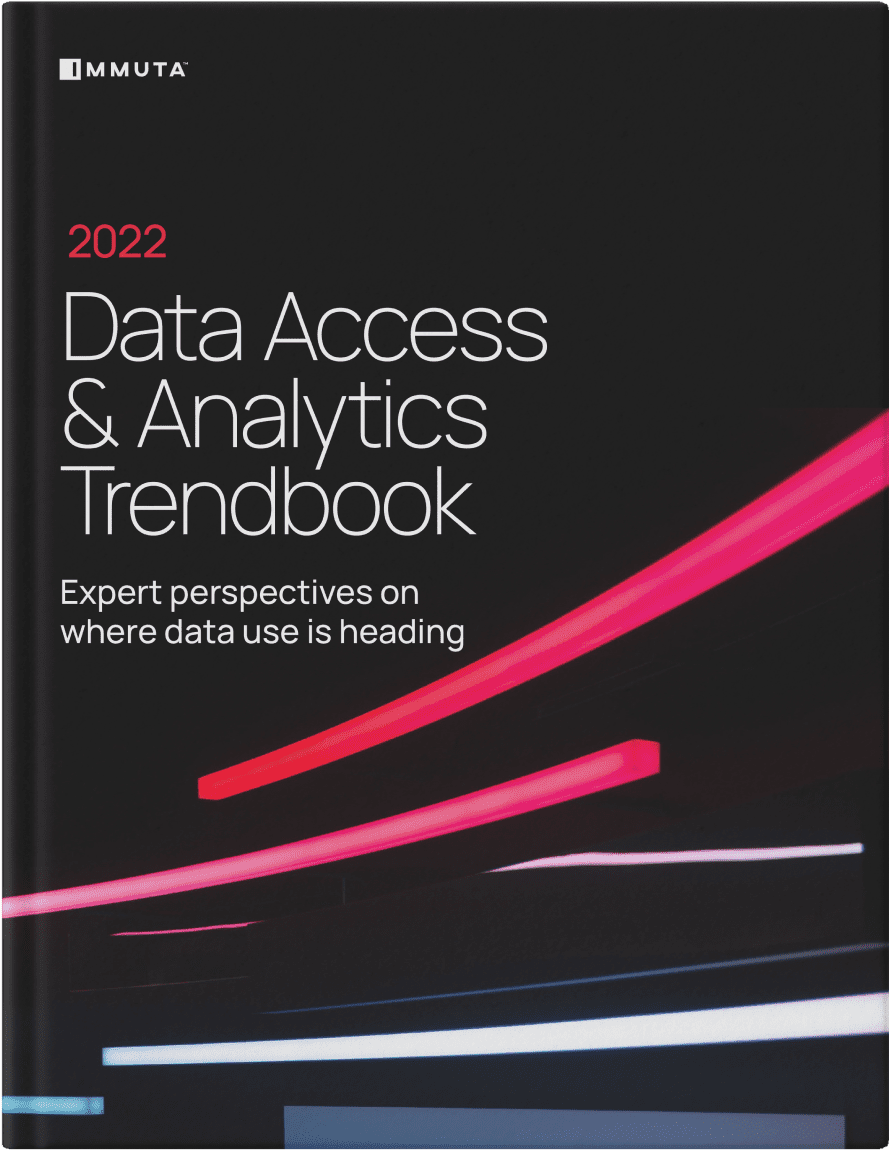2022 Data Access & Analytics Trendbook
Expert perspectives on where data use is heading


Organizations are increasingly recognizing their data as a valuable asset that can significantly shape and enhance business outcomes. As organizations continue to navigate digital transformation and the inevitable growth of big data, effective data governance frameworks have become essential to maximizing data’s value throughout its entire lifecycle.
In this guide, we’re taking a close look at the importance of data governance in modern organizations, the key components of an effective data governance framework, and the benefits and challenges associated with data governance.
Data Governance is a set of policies, procedures, processes, and best practices for securing, managing, and deriving value from organizational data.
A data governance framework establishes who may access what data, for what purpose, and through what means. It also establishes roles and responsibilities to help ensure the security and quality of the organization’s data assets.
Effective data governance policies help keep sensitive data secure, protecting the privacy of individuals whose personal or sensitive information may be collected and stored. Data integrity, availability, and usability are also supported by a comprehensive data governance framework.
Effective data governance is a competitive advantage that helps organizations ensure the proactive and efficient management of data and informational assets. This competitive advantage is manifested in three ways:
Implementing a data governance framework usually has several goals, each of which is associated with one or more benefits. Below, we highlight some of the major goals of data governance frameworks, the mechanisms used to achieve those goals, and the target benefits for the organization.
Data Governance Goals:
Mechanism:
Data Governance Benefits:

Expert perspectives on where data use is heading
A corporate data governance framework assigns roles and responsibilities to various members of the organization, including C-level business executives, IT managers, and data management professionals.
Ownership of the data governance framework is often assigned to a Chief Data Officer (CDO) who bears responsibility for the successes or failures of the organization’s data governance efforts. As part of their role, a CDO might lead the implementation of a data governance framework, establish performance KPIs and a monitoring system for data governance, and report on the overall success and impacts of data governance within the organization.
In some organizations, a data governance manager leads a dedicated team of data professionals who coordinate data governance initiatives, train other business units on data governance policies and procedures, and track KPIs to report on program success. Many organizations choose to form a data governance committee of business leaders and data owners to approve data governance initiatives, assess proposed policy changes, refine procedures, and resolve disputes.
Finally, a data governance framework assigns data stewardship responsibilities to individual employees or managers. Data stewards are tasked with the oversight of specific data sets and the responsibility of ensuring end-user compliance with governance policies associated with that data.
While the concept of a data governance framework can be universally defined and consistent, the specific components of such a framework can vary substantially based on the needs and unique circumstances of the implementing organization.
At a high level, data governance frameworks often include the following five main components:
Organizations may face significant challenges when implementing a data governance framework for the first time. Many of these challenges reflect the nature of data governance as an enterprise-wide initiative that requires collaboration between stakeholders in multiple departments and levels of leadership.
As you move towards implementing a framework for data governance within your organization, be prepared to address the following challenges on your way to success.
In addition to making a strong initial business case, data governance leadership must endeavor to continuously monitor and demonstrate the value of good data governance to the business. Establishing a business case could mean highlighting the negative consequences of noncompliance with data security and privacy laws or highlighting gaps between organizational data usage and potential value-adding use cases.
An effective data governance policy must strike a balance between ensuring the security and privacy status of organizational data, and making that same data accessible where and when it is needed to support business decisions and other intended use cases.
Organizations today are producing massive volumes of data at faster rates than ever before. While some of this data arrives structured in relational databases, organizations are also generating large volumes of unstructured and semi-structured data, which is often stored in data lakes before being transformed and cleaned for analysis. Governing these big data systems requires specific processes and procedures for many different types of data generated from myriad sources.
In most organizations, IT governance policies exist to manage and regulate access to organizational IT resources, which may include data. Organizations implementing a data governance framework should seek to align their IT and data governance policies.
A piece of technology or software does not constitute a data governance framework on its own – rather, technology should be used to support the framework with features that streamline or automate compliance at scale.
Despite the challenges associated with implementation, a successful data governance initiative promises significant organizational benefits, such as easier access to data, more timely insights, and the flexibility to more easily adapt data to new use cases within your organization.
Below are 10 best practices that organizations should follow to enable a smooth data governance implementation.
Immuta integrates directly with existing data platforms like Databricks, Snowflake, Amazon Redshift, Azure Synapse, and more. With Immuta, you’ll be able to centralize and automate key aspects of your data governance framework, such as sensitive data discovery, enterprise data definition and cataloging, data request workflows, and data usage monitoring for auditing or reports.
Ready to see how Immuta can support your data governance initiatives and help you make the most of your enterprise data?
Innovate faster in every area of your business with workflow-driven solutions for data access governance and data marketplaces.